The crested gecko, with its distinctive ridges running along its eyes and back, has become one of the most popular reptile pets in recent years. Originally thought to be extinct until their rediscovery in 1994, these charming little jumpers from New Caledonia have captured the hearts of reptile enthusiasts worldwide. Their relatively simple care requirements, docile temperament, and unique appearance make them ideal for both beginners and experienced keepers alike.
Unlike many reptiles that require elaborate setups, crested geckos thrive in modest enclosures while still providing endless entertainment with their jumping antics and expressive personalities. Let’s explore what makes these remarkable little lizards such fantastic companions.
The Fascinating History of Crested Geckos
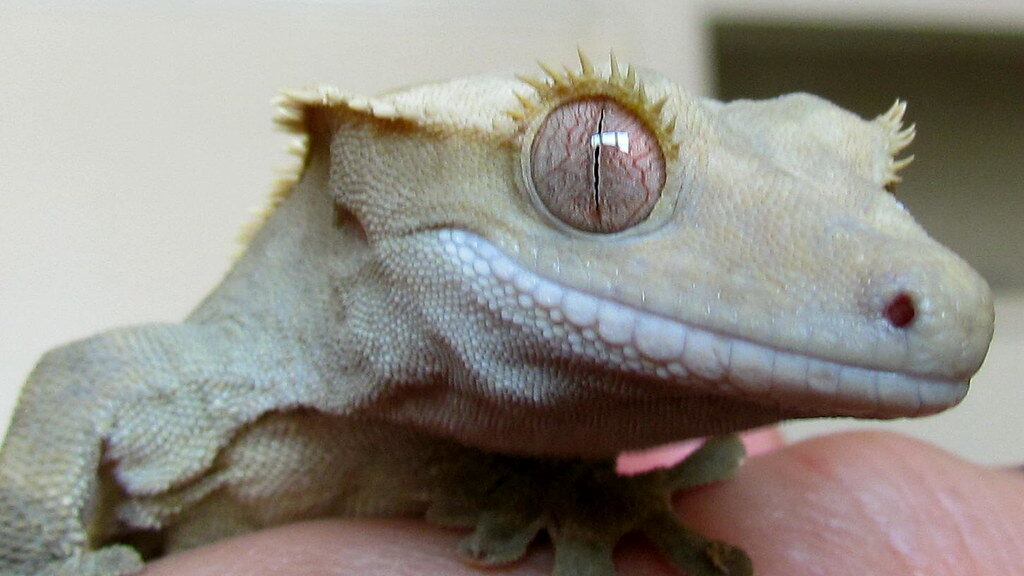
Crested geckos (Correlophus ciliatus) were once thought extinct until scientists rediscovered them in 1994 on the small South Pacific islands of New Caledonia. Their rediscovery sent ripples through the herpetological community, as these charming reptiles had previously been known only from museum specimens.
The islands’ dense rainforests provided the perfect hiding places for these nocturnal lizards, allowing them to evade human detection for decades. Shortly after their rediscovery, a breeding program was established, and crested geckos quickly entered the pet trade, where their popularity has steadily grown to make them one of the most commonly kept reptile pets today.
Physical Characteristics That Make Them Unique
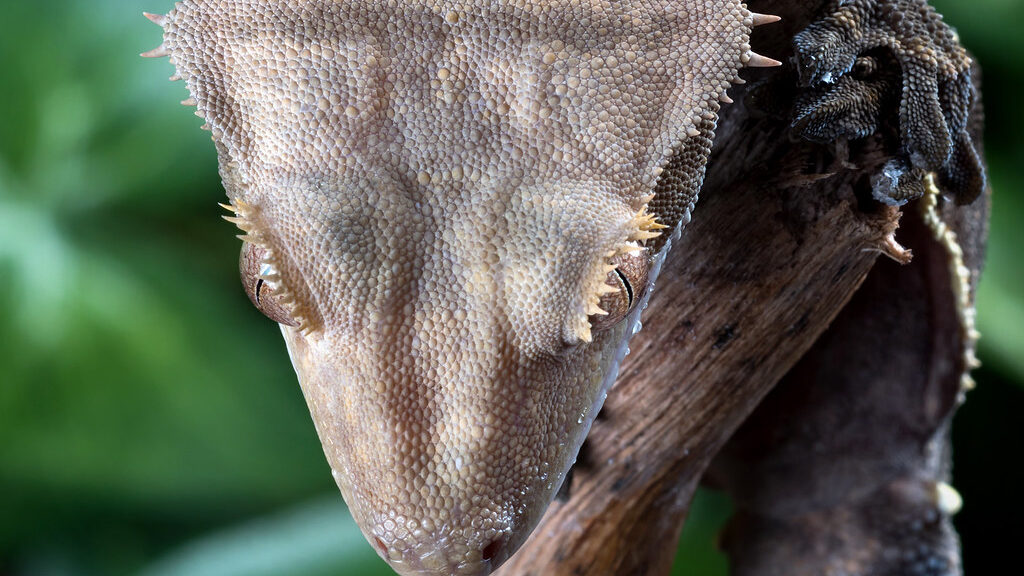
The most distinctive feature of crested geckos is their crown-like ridge of scales that runs from their eyes to their tail, giving them their “crested” name. These geckos typically grow to between 7-9 inches in length, with females usually being slightly larger than males. Their skin comes in a remarkable range of colors and patterns, including brown, red, orange, yellow, and even rare white specimens, with markings that can include spots, stripes, and dalmatian-like dots. Perhaps their most endearing feature is their expressive eyes—large, lidless orbs with vertical pupils that can dilate dramatically in low light, giving them an almost cartoon-like appearance that many owners find irresistible.
The Impressive Jumping Abilities
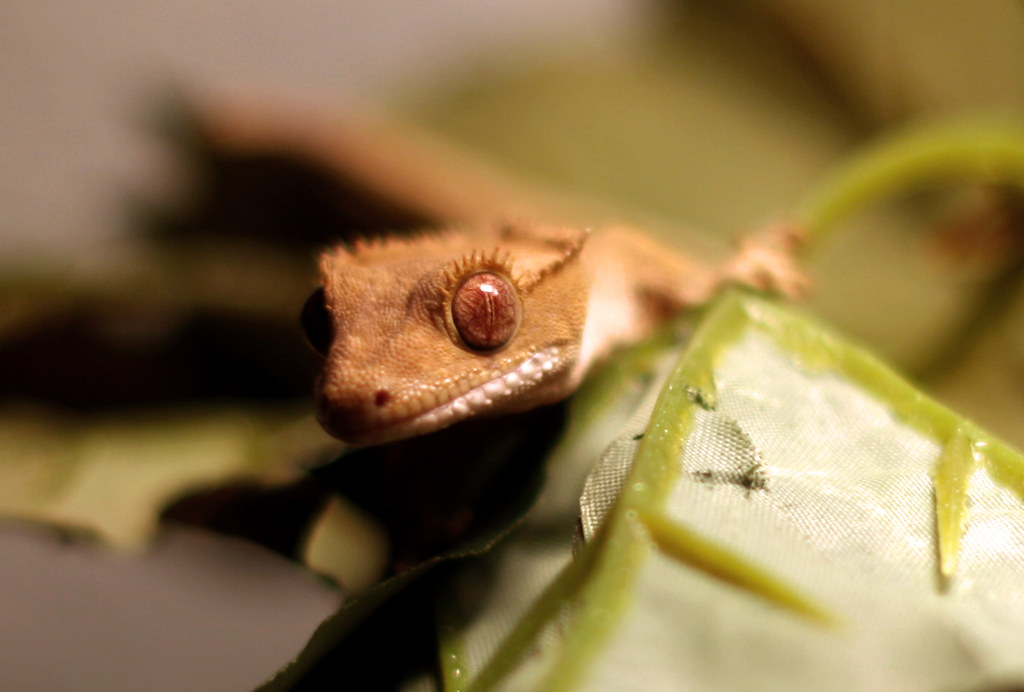
Crested geckos are remarkable jumpers, capable of leaping distances many times their body length with astonishing precision. This jumping ability serves them well in their natural rainforest habitat, where they navigate through branches and foliage. Their specialized toe pads are covered with microscopic hair-like structures called setae, which create molecular bonds with surfaces and allow them to cling to almost anything, including glass.
When keeping crested geckos as pets, owners should ensure enclosures have secure lids, as these nimble creatures can easily escape through small openings. Their jumping prowess means they’re constantly on the move in their enclosures, making them fascinating to watch as they explore their environment.
Space Requirements: Less is Sometimes More
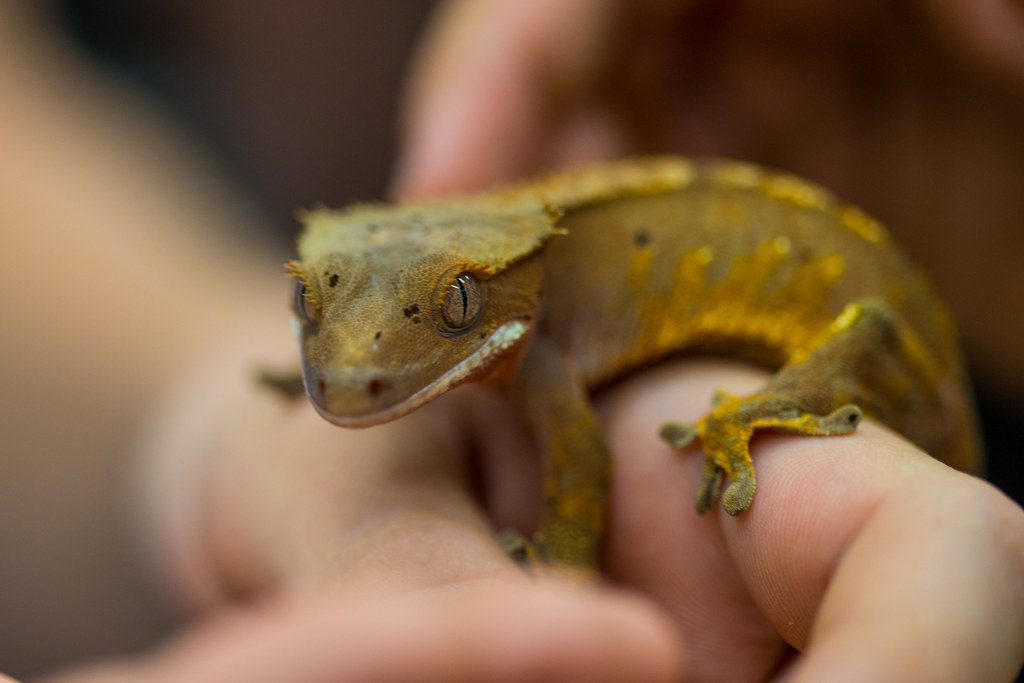
Unlike many reptiles that require sprawling habitats, crested geckos thrive in relatively modest enclosures. A single adult can live comfortably in a 12″ x 12″ x 18″ tall terrarium, though larger is always appreciated. Their arboreal nature means they prioritize height over floor space, preferring to climb and jump between perches rather than roam horizontally. This modest space requirement makes them ideal for apartment dwellers or those with limited room for pets. Despite their small footprint, their enclosures should still include plenty of climbing opportunities with branches, plants, and hiding spots to keep them mentally stimulated and physically active.
Diet and Nutrition Made Simple
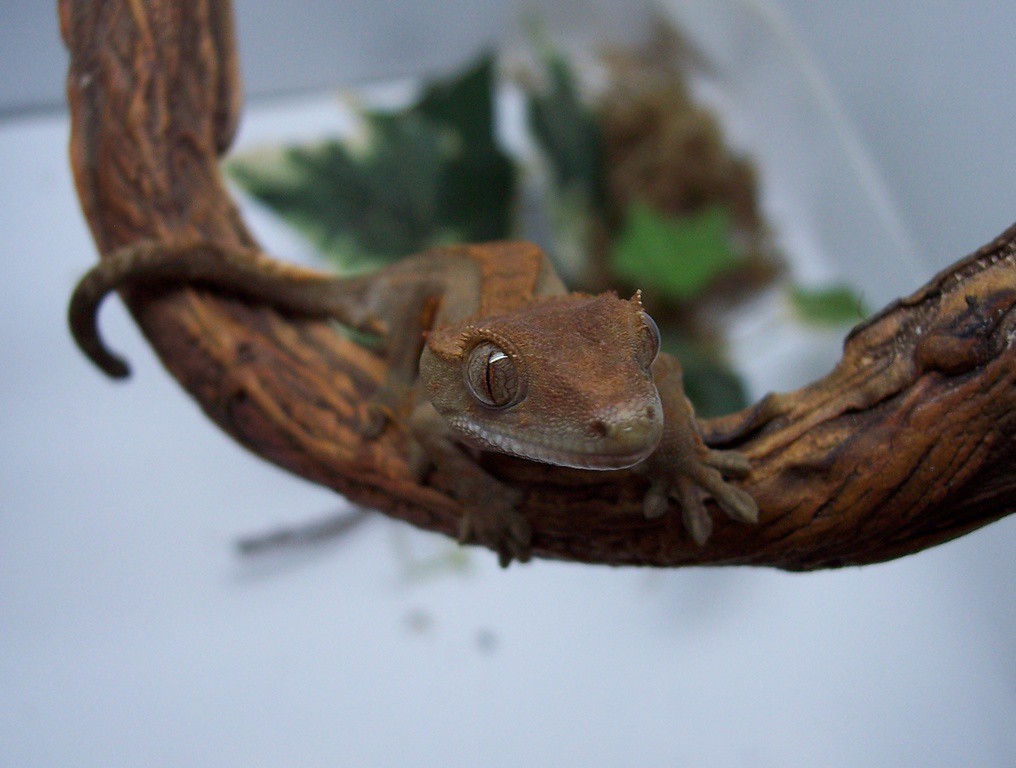
Feeding crested geckos is remarkably straightforward compared to many reptiles, making them even more appealing to novice keepers. Their primary diet in captivity consists of commercially available powdered meal replacement formulas that simply mix with water to create a complete nutritional paste. These fruit-based diets can be supplemented with occasional live insects like crickets or small roaches to provide enrichment and additional protein. Crested geckos are one of the few reptiles that naturally eat fruit as a significant part of their diet, and in the wild, they consume nectar, fruit, and insects. Their simple dietary needs eliminate the necessity for constant live food cultures that many other reptile species require.
Temperature and Humidity: The Goldilocks Zone
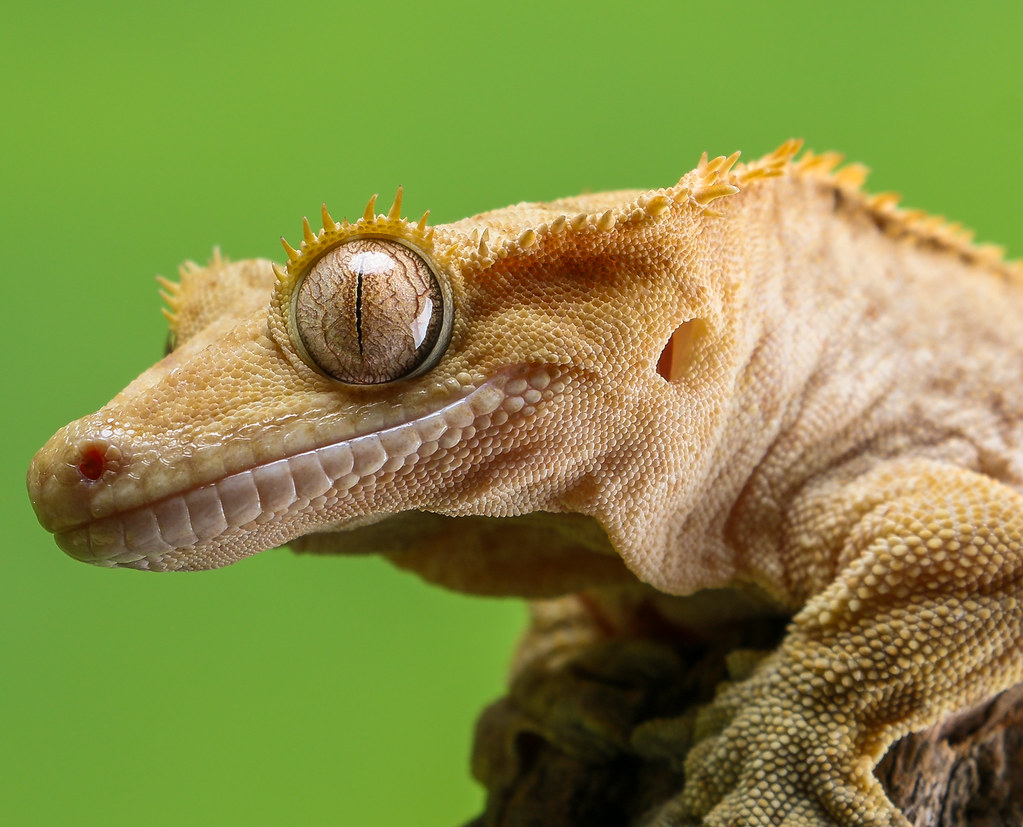
Crested geckos thrive in temperature ranges that closely match human comfort levels, typically between 72-78°F during the day and dropping slightly at night. This moderate temperature requirement means they rarely need supplemental heating in most homes, unlike desert species that require intense heat. Humidity is more critical, with these rainforest natives requiring 60-80% humidity levels to stay healthy and properly shed their skin. Misting the enclosure once or twice daily typically maintains appropriate moisture levels, with a deeper substrate layer helping to retain humidity. Their tolerance for room temperature conditions makes power outages less concerning than with other reptiles that depend on precise heat gradients.
Handling and Temperament
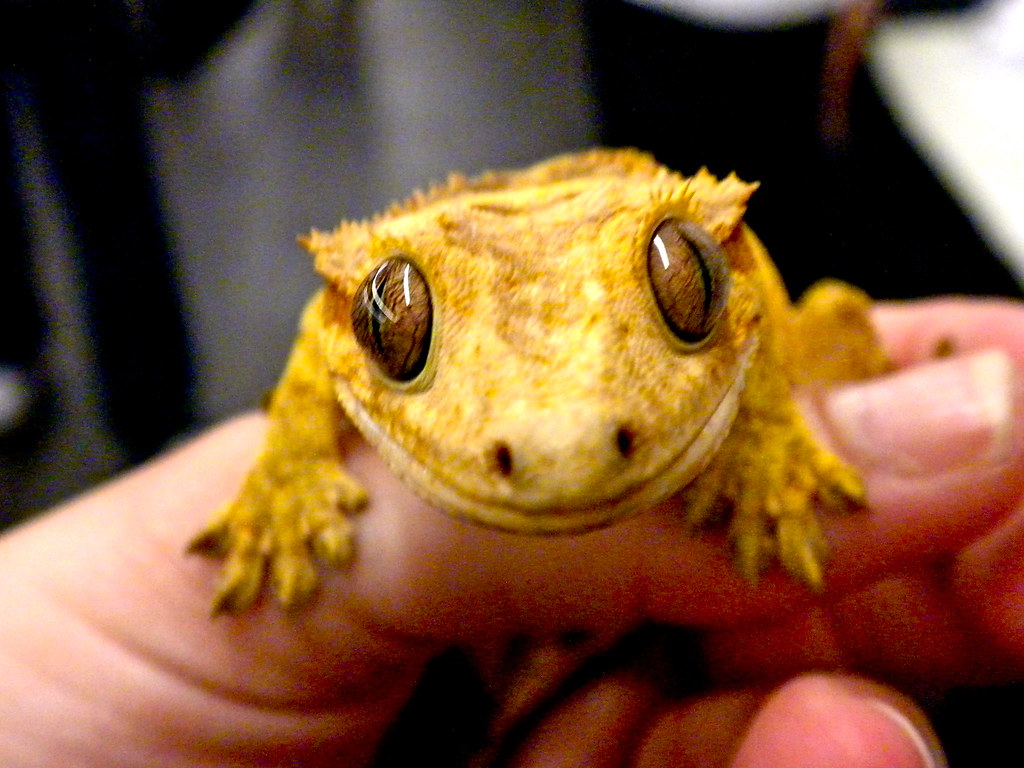
Crested geckos generally possess calm, docile temperaments that make them suitable for gentle handling. Young geckos may be skittish initially, but with patient, consistent interaction, most become quite tame and comfortable with human contact. When startled, they may employ their remarkable jumping ability to escape perceived threats, so handling should always occur close to the ground or over a soft surface. One unique behavioral trait is their “fired up” state, where colors intensify and patterns become more vibrant, typically occurring at night when they’re most active. Though generally peaceful, males should not be housed together as they will fight aggressively for territory and access to females.
The Mystery of the Disappearing Tail
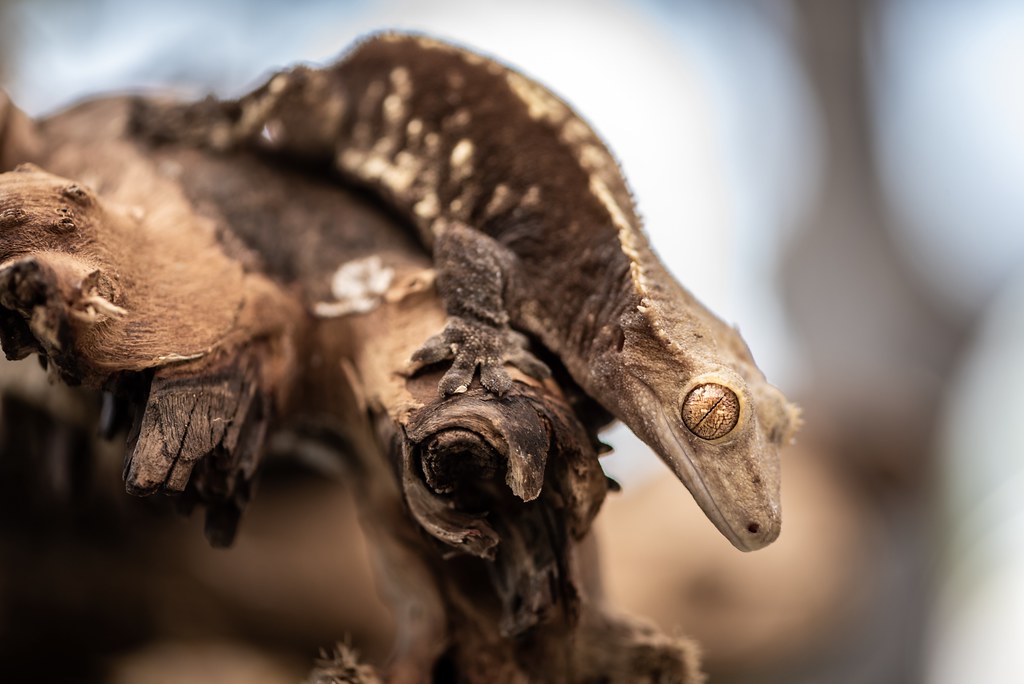
Unlike many other gecko species, crested geckos cannot regenerate their tails once dropped, making this defensive mechanism a one-time emergency option. When a crested gecko loses its tail, the wound heals over, leaving a small nub commonly referred to as a “frogbutt” due to the rounded appearance. Tail loss typically occurs when the gecko feels threatened and drops the appendage as a distraction while escaping predators. While tail loss doesn’t harm the gecko’s overall health, it does permanently alter their appearance and can slightly affect their jumping balance. This irreversible feature makes careful handling even more important for owners who wish to maintain their pet’s original appearance.
Breeding Basics and Morphs
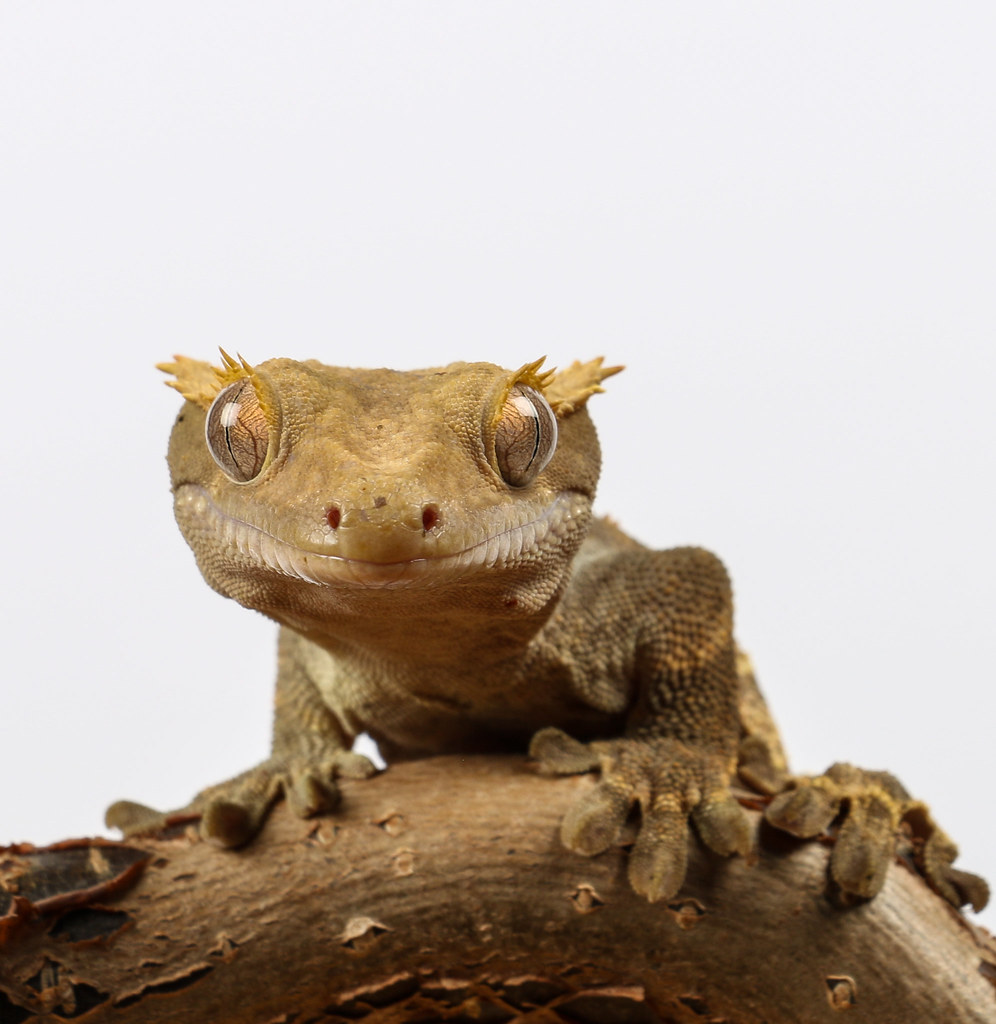
Breeding crested geckos is relatively straightforward compared to many reptiles, which has contributed to their explosive popularity and the development of countless color and pattern variations. Females can store sperm and lay multiple clutches after a single mating, typically producing two eggs every 4-6 weeks during breeding season. The captive breeding boom has led to the development of distinct morphs like Harlequins, Dalmatians, Pinstripes, and the highly prized Creamsicles and Lily Whites, with exceptional specimens commanding prices upwards of several thousand dollars. Most hobbyists find that eggs incubated at around 72-75°F will hatch after approximately 60-90 days, with the sex determined by genetics rather than incubation temperature.
Longevity and Health Considerations
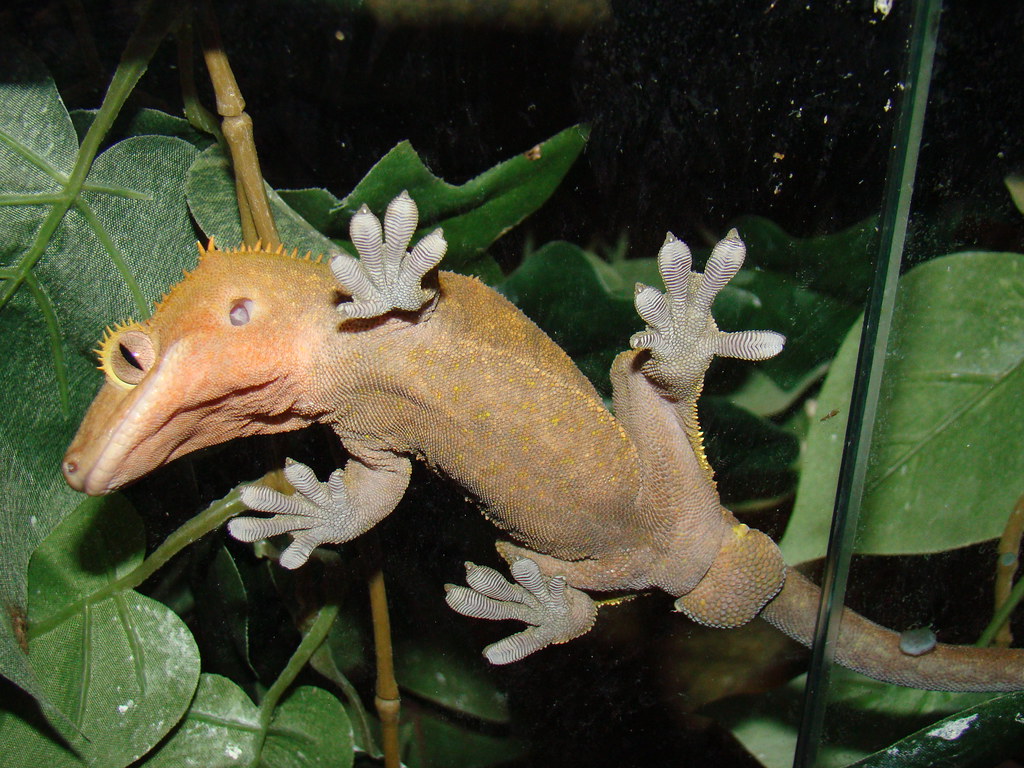
With proper care, crested geckos are remarkably long-lived pets, frequently reaching 15-20 years in captivity. Their substantial lifespan means adopting one is a significant commitment, though their relatively simple care requirements make this long-term relationship easier to maintain than many other exotic pets. Common health issues include metabolic bone disease from insufficient calcium, respiratory infections from excessive humidity, and stuck shed on toes or crests if humidity fluctuates too dramatically. Regular weight monitoring is essential, as obesity can occur with the calorie-dense commercial diets available, especially if live insect supplements are overused. Their hardiness and resistance to many common reptile ailments make them healthier on average than many other exotic pets.
Creating the Perfect Bioactive Setup
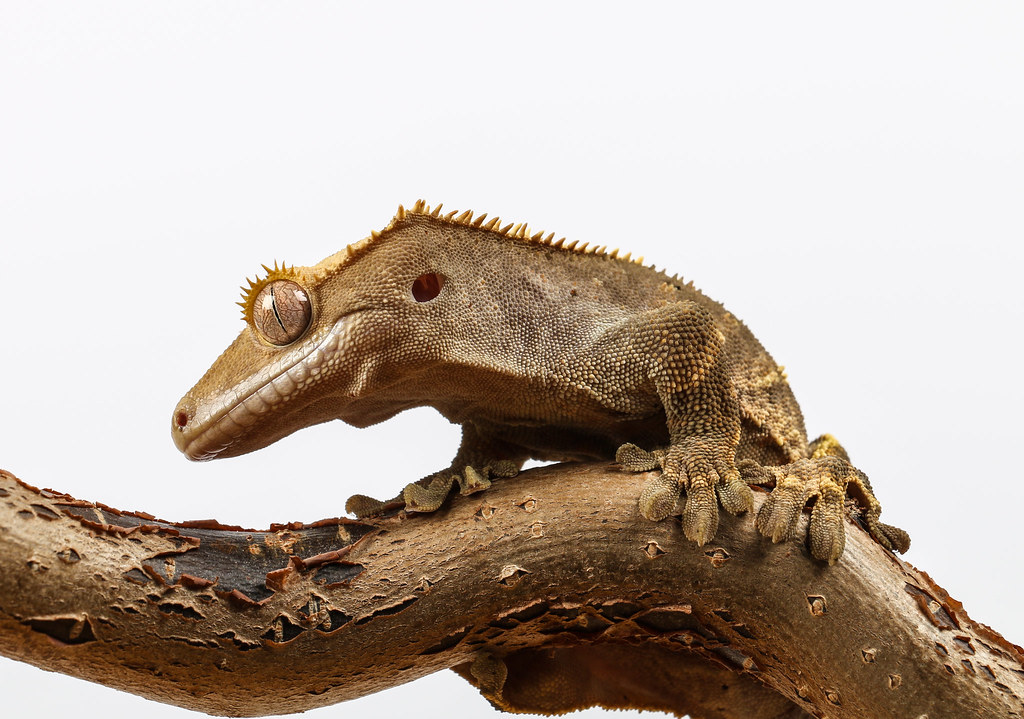
Advanced keepers often maintain crested geckos in bioactive enclosures, which mimic natural ecosystems with live plants, substrate, and cleanup crews of isopods and springtails. These self-sustaining miniature habitats not only create spectacular displays but also provide enrichment through natural foraging opportunities and varying textures. Plants like pothos, bromeliads, and small ficus species thrive in the same conditions as crested geckos and help maintain humidity levels naturally.
The bioactive approach reduces maintenance by establishing a natural decomposition cycle where cleanup crews consume waste and plant matter, breaking it down into nutrients for the plants. Though initially more expensive and complex to set up, many keepers find bioactive enclosures require less frequent cleaning and provide a more naturalistic environment for their pets.
Compatible Tank Mates and Community Setups
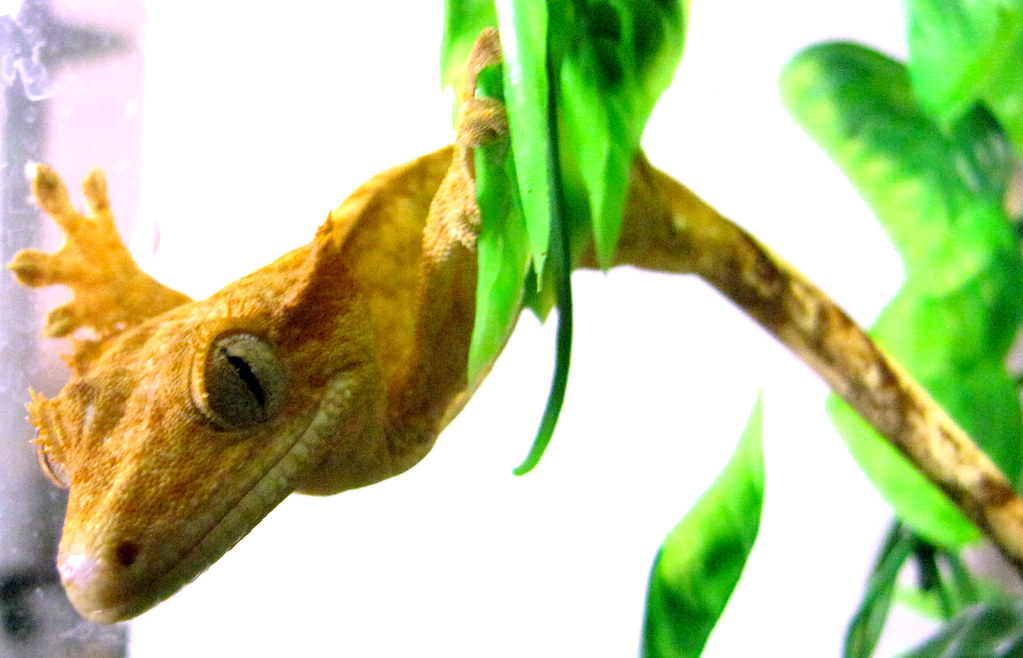
While crested geckos are typically housed individually, certain carefully planned community setups can work with appropriate precautions. Female crested geckos can sometimes cohabitate peacefully if the enclosure is spacious enough, providing multiple feeding stations and hiding spots to reduce competition. Some keepers successfully maintain crested geckos with certain species of dart frogs in large, properly designed paludariums, as these amphibians occupy different niches within the habitat.
However, mixing species always carries risks of disease transmission, resource competition, and potential aggression. Most experienced keepers recommend housing crested geckos separately, particularly for beginners, to ensure optimal health and eliminate the stress that can come with cohabitation.
Conservation Status and Ethical Considerations
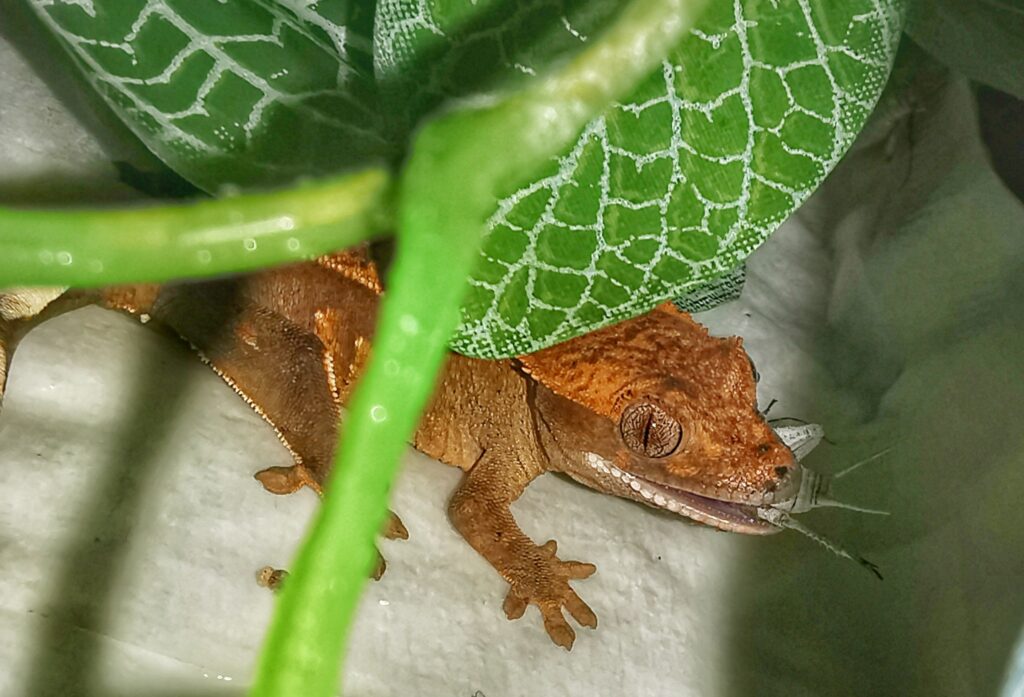
In their native New Caledonia, wild crested gecko populations face threats from habitat destruction and the introduction of the Little Fire Ant, which preys on geckos and their eggs. The IUCN Red List currently classifies crested geckos as vulnerable, highlighting the importance of sustainable captive breeding programs. Fortunately, virtually all crested geckos in the pet trade today are captive-bred, with wild collection banned since 1994.
The species’ popularity in captivity may serve as insurance against extinction, as happened with the Spix’s Macaw and other species that survive only in captivity. Ethical keepers should always purchase from reputable breeders who prioritize genetic diversity and health over extreme morphs that might carry genetic defects.
Why Crested Geckos Make Ideal First Reptiles
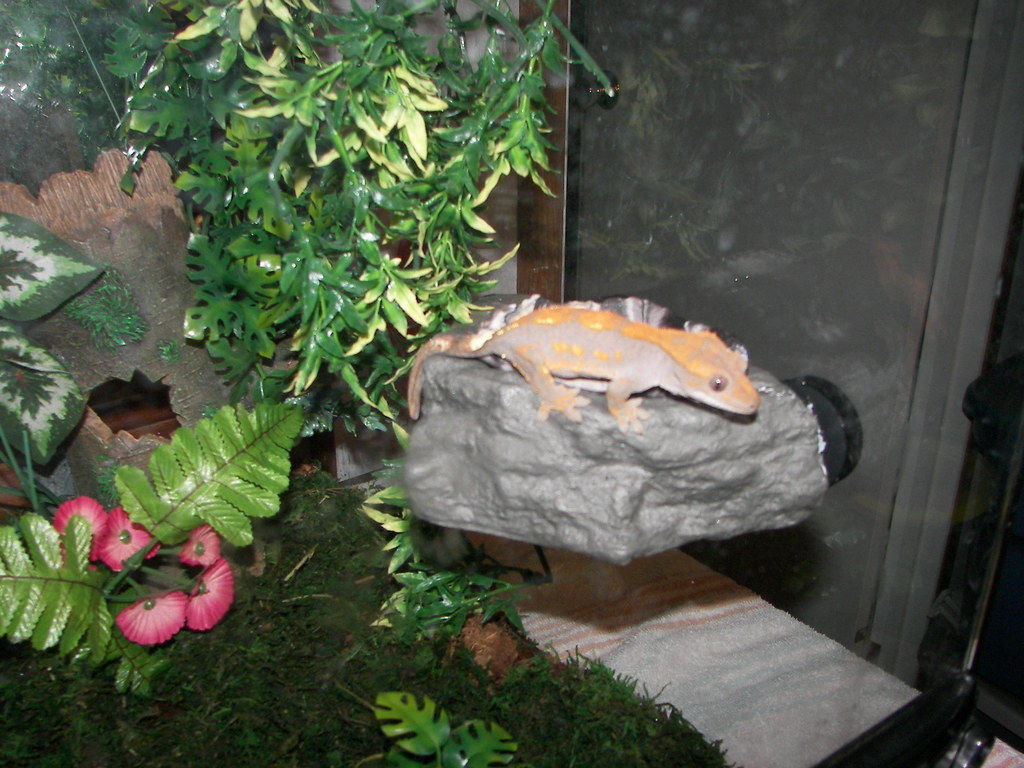
For those entering the world of reptile keeping, crested geckos offer an ideal introduction with their forgiving care requirements and engaging personalities. Unlike many reptiles that require precise temperature gradients, specialized UVB lighting, or complex diets, crested geckos thrive with relatively simple setups. Their room-temperature comfort range eliminates the need for expensive heating equipment that can pose fire risks if improperly managed.
The commercially available powdered diets remove the squeamishness factor that feeding whole prey items might present to novice keepers. Perhaps most importantly, their naturally docile temperament and tolerance for gentle handling allow new keepers to build confidence in reptile interaction without the stress of managing a defensive or aggressive species.
In conclusion, crested geckos have earned their place as one of the most popular reptile companions for good reason. Their modest space requirements, straightforward care needs, and charming personalities make them accessible to keepers of all experience levels. From their remarkable jumping abilities to their expressive eyes and diverse color patterns, these little lizards offer endless fascination without demanding elaborate setups or specialized knowledge.
Whether you’re an apartment dweller with limited space, a first-time reptile keeper, or an experienced enthusiast looking to add another fascinating species to your collection, the crested gecko presents a perfect balance of exotic appeal and practical manageability. With proper care, these jumping jewels from New Caledonia will provide years of companionship and a window into the remarkable adaptations of arboreal reptiles.

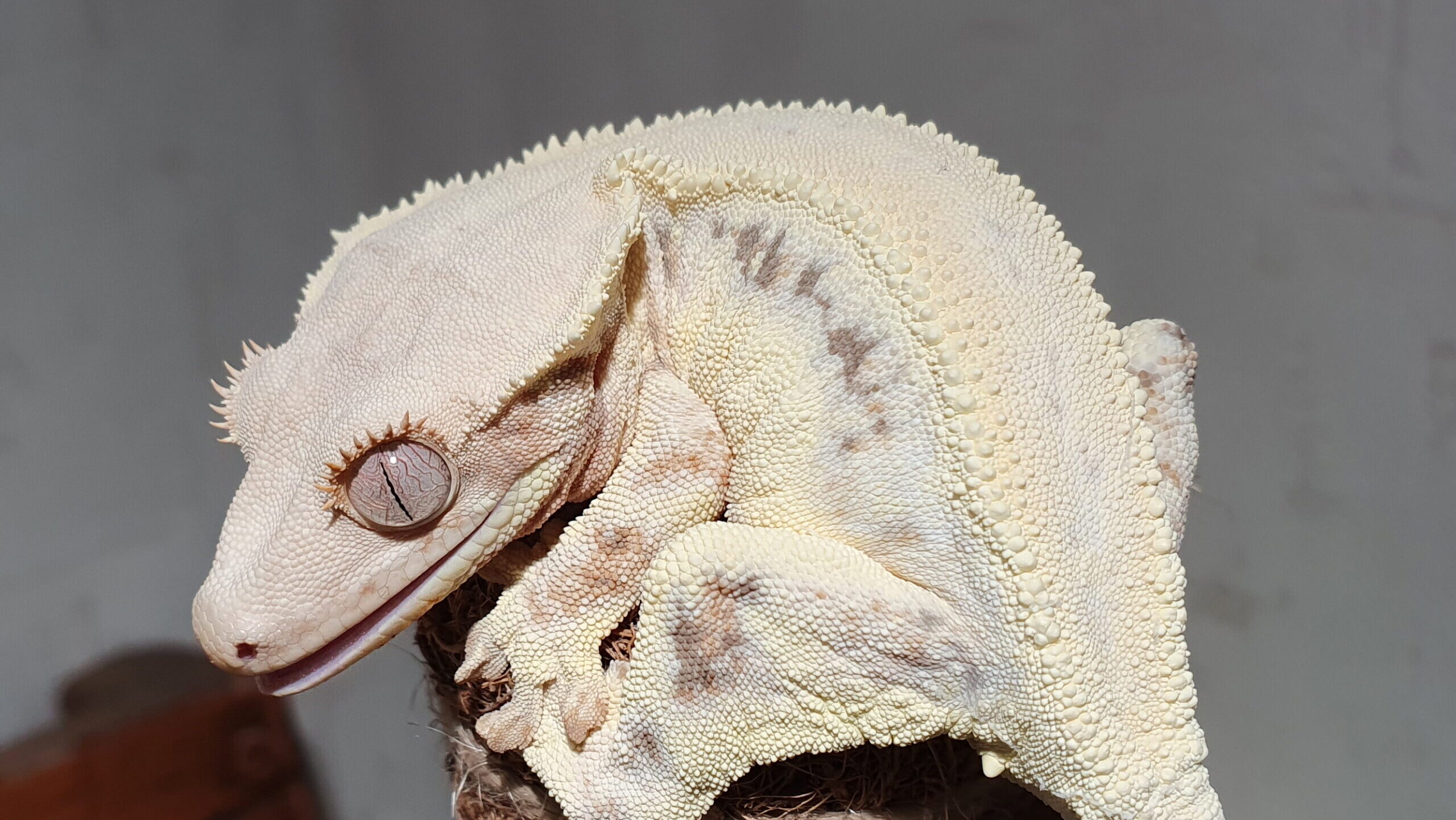
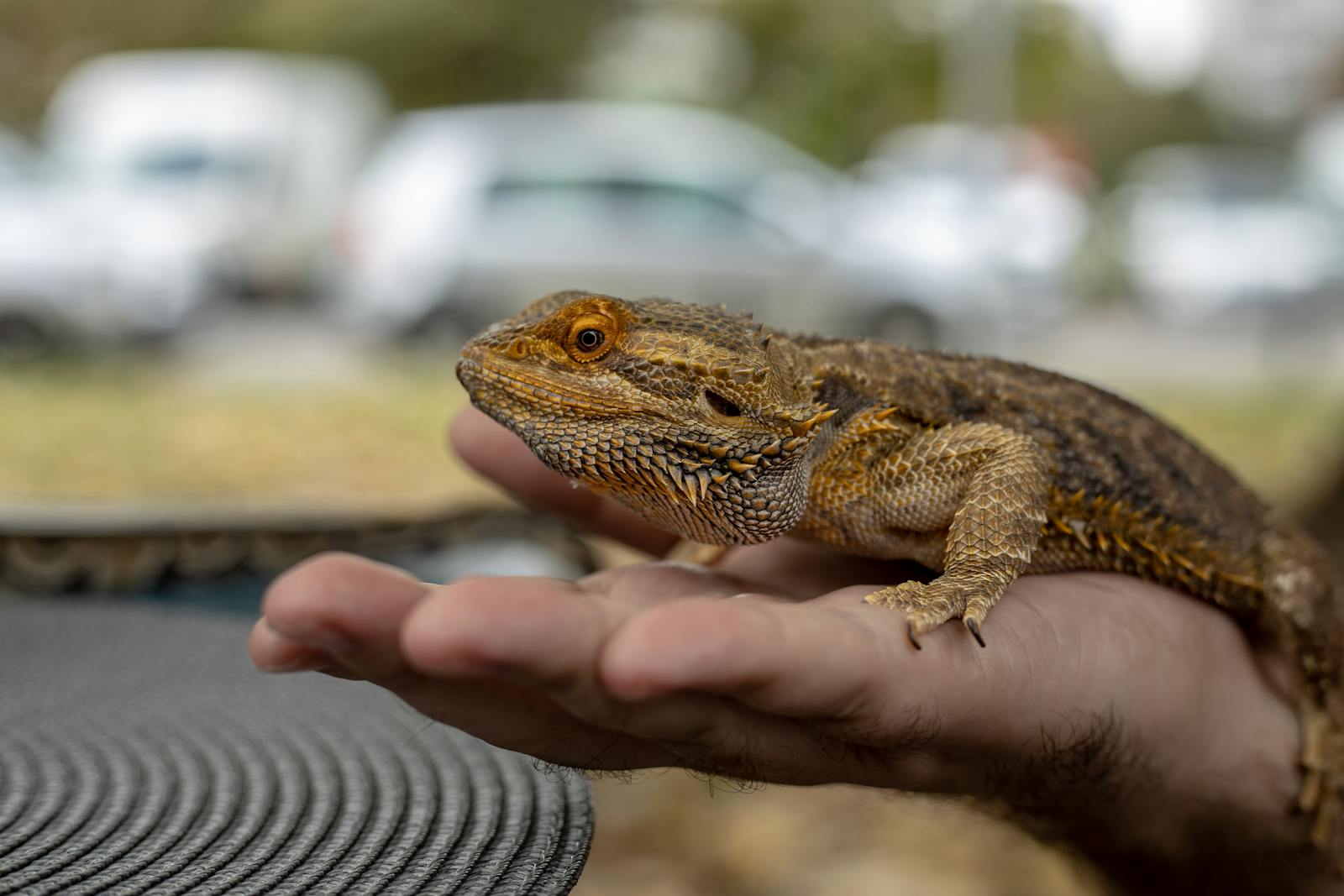
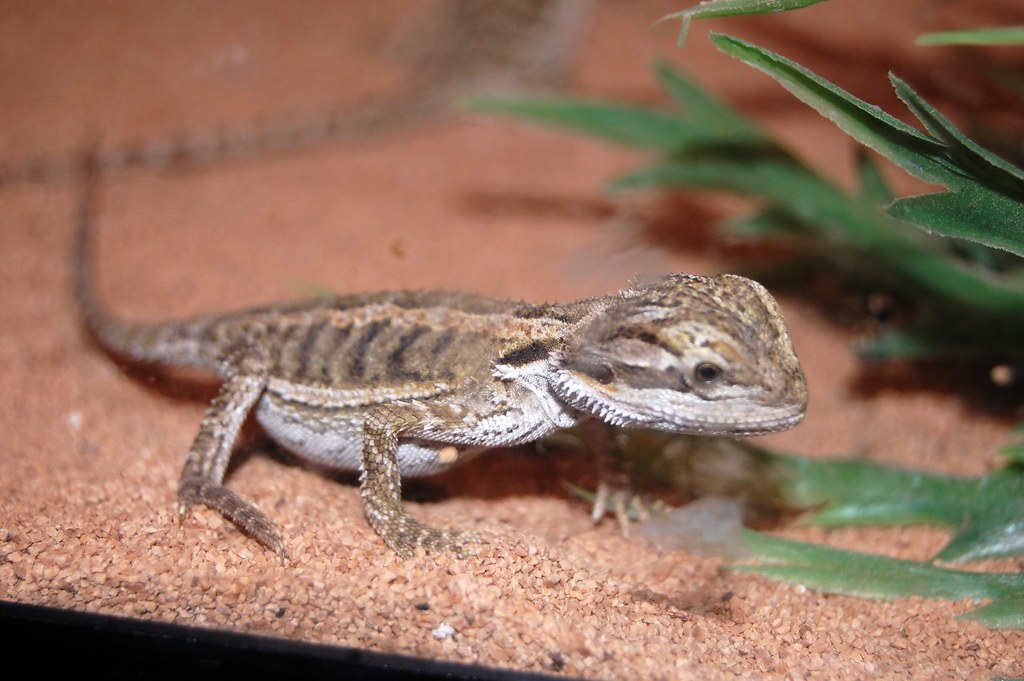
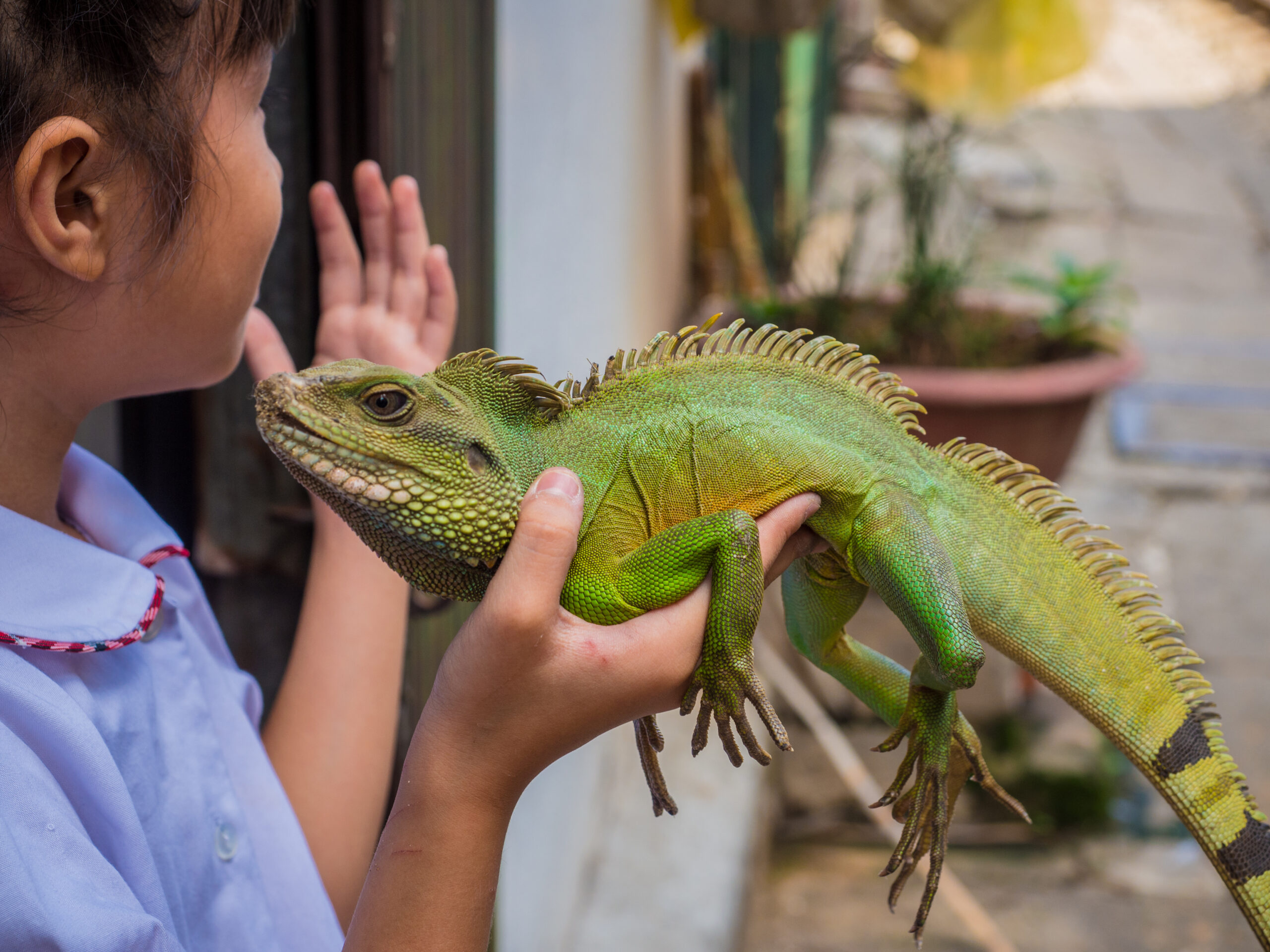

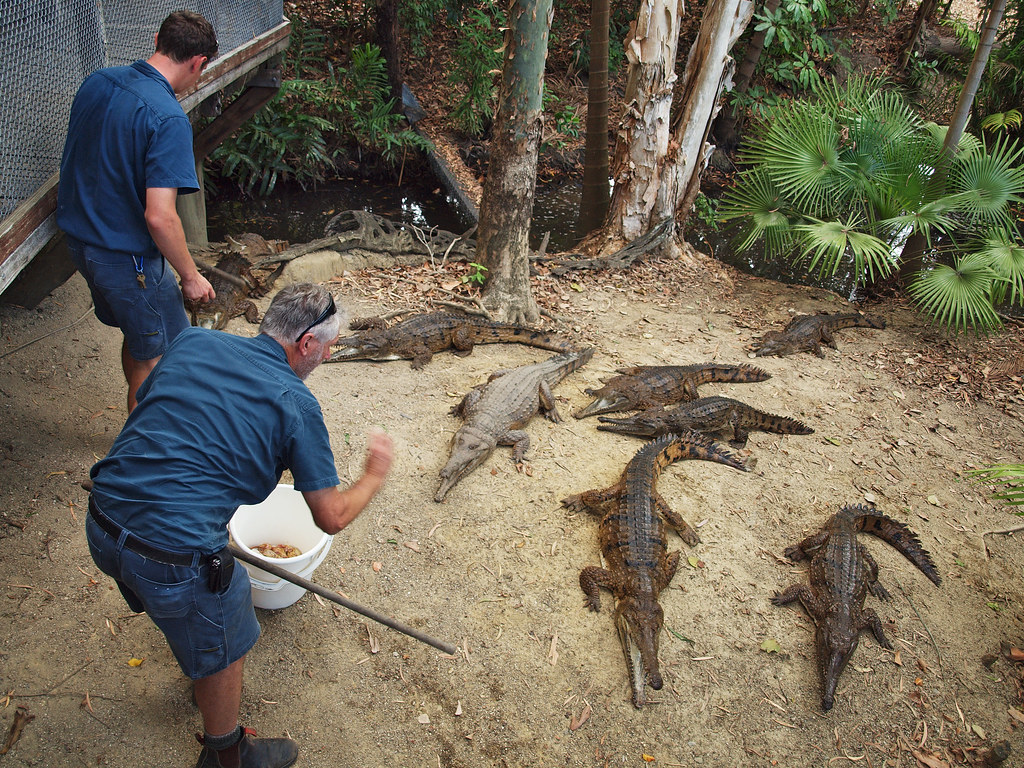
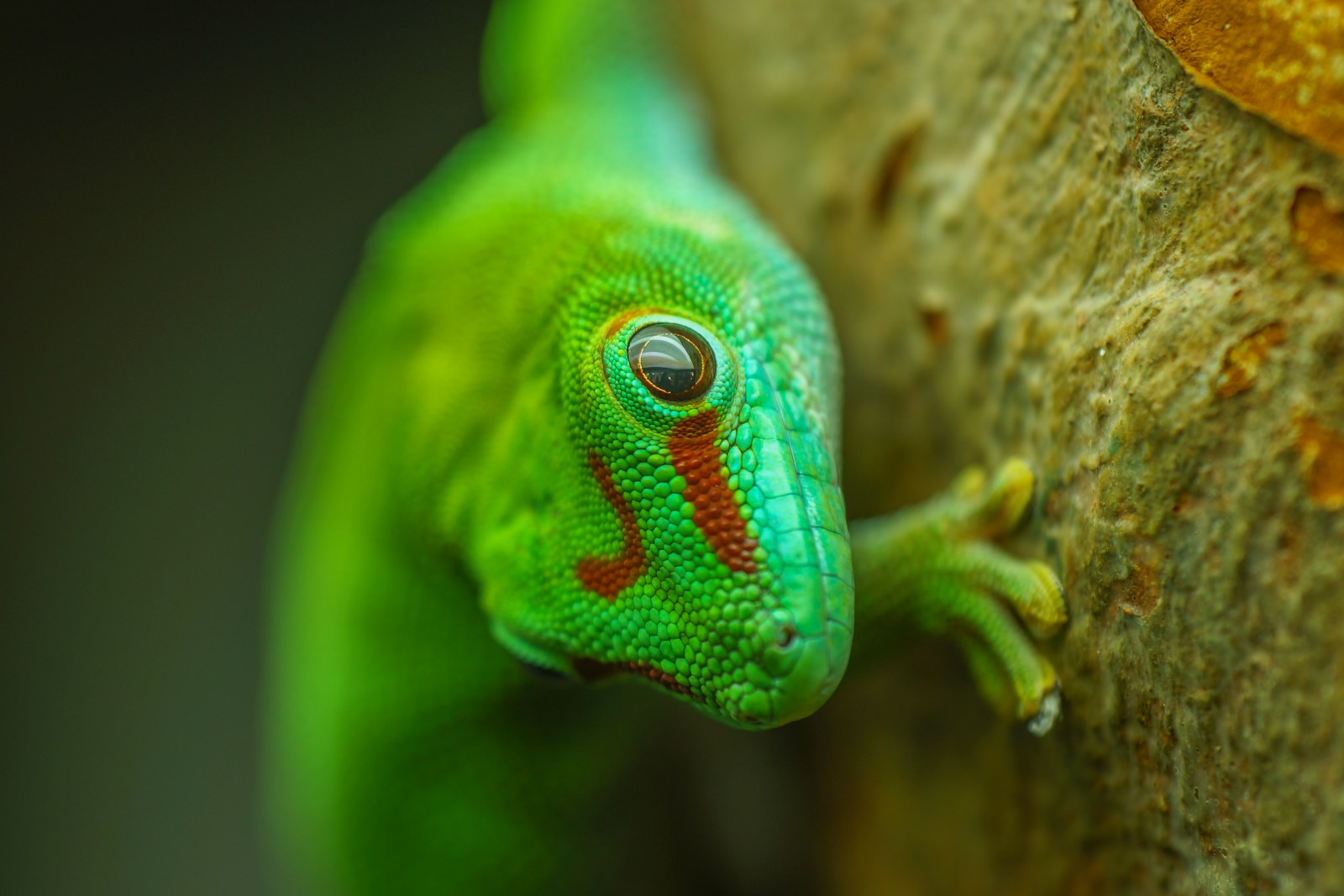
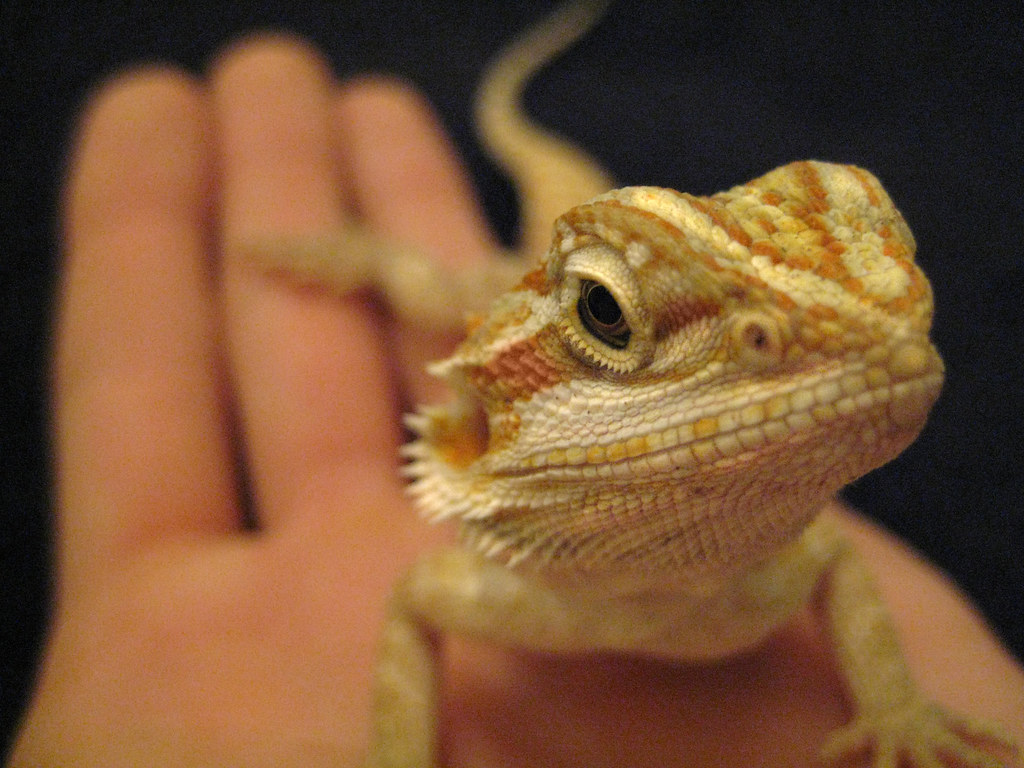
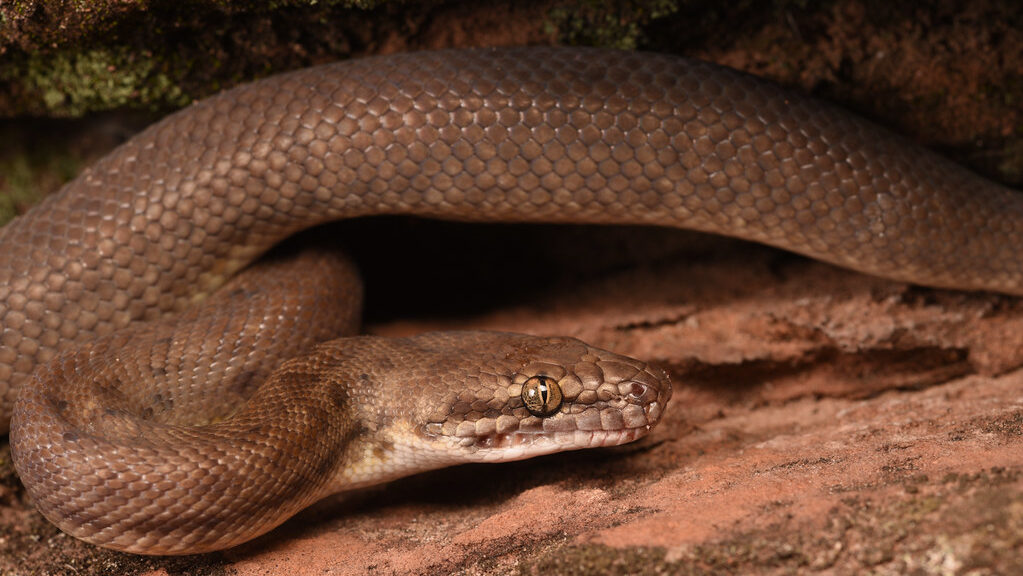
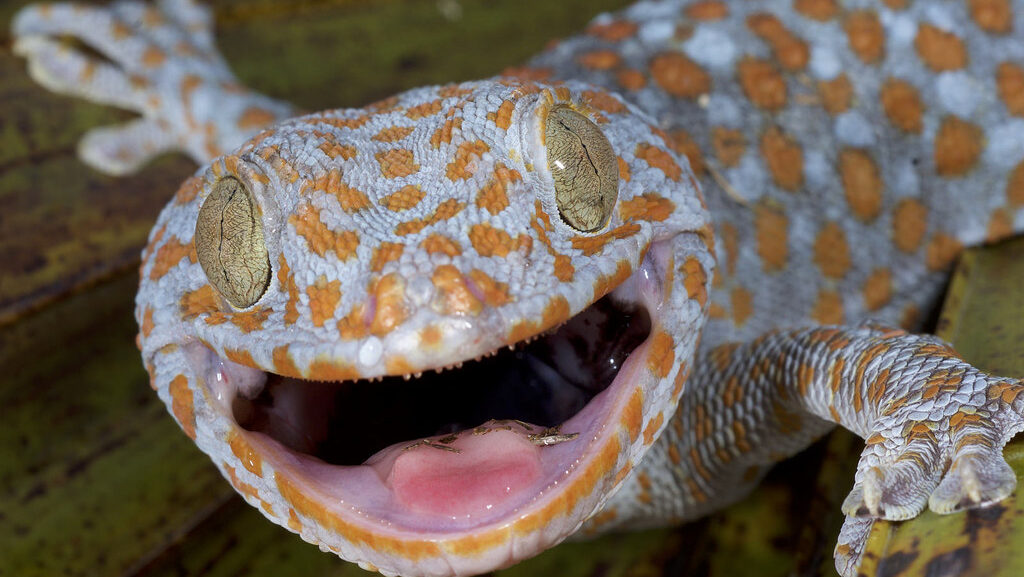
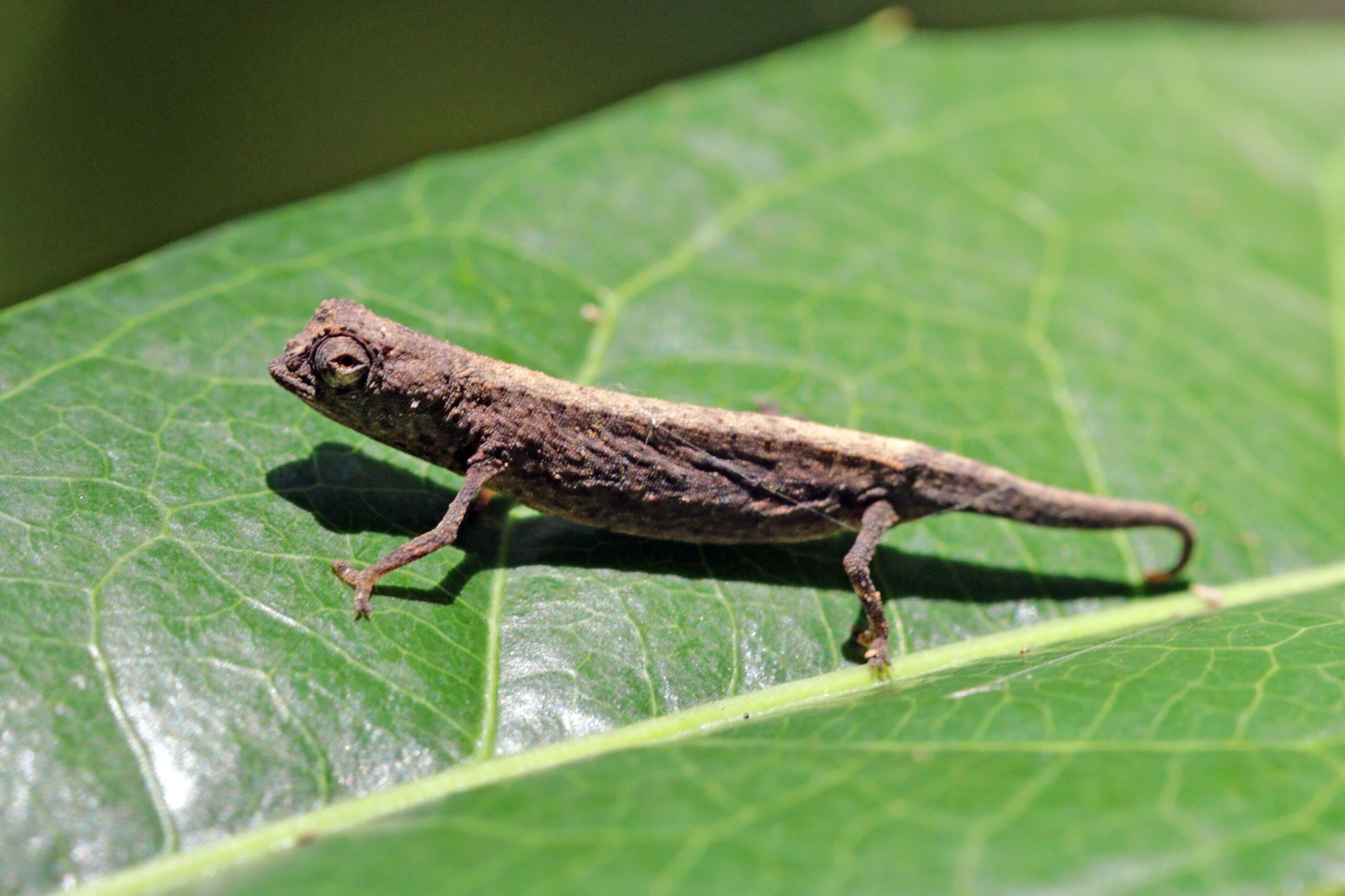




Leave a Reply